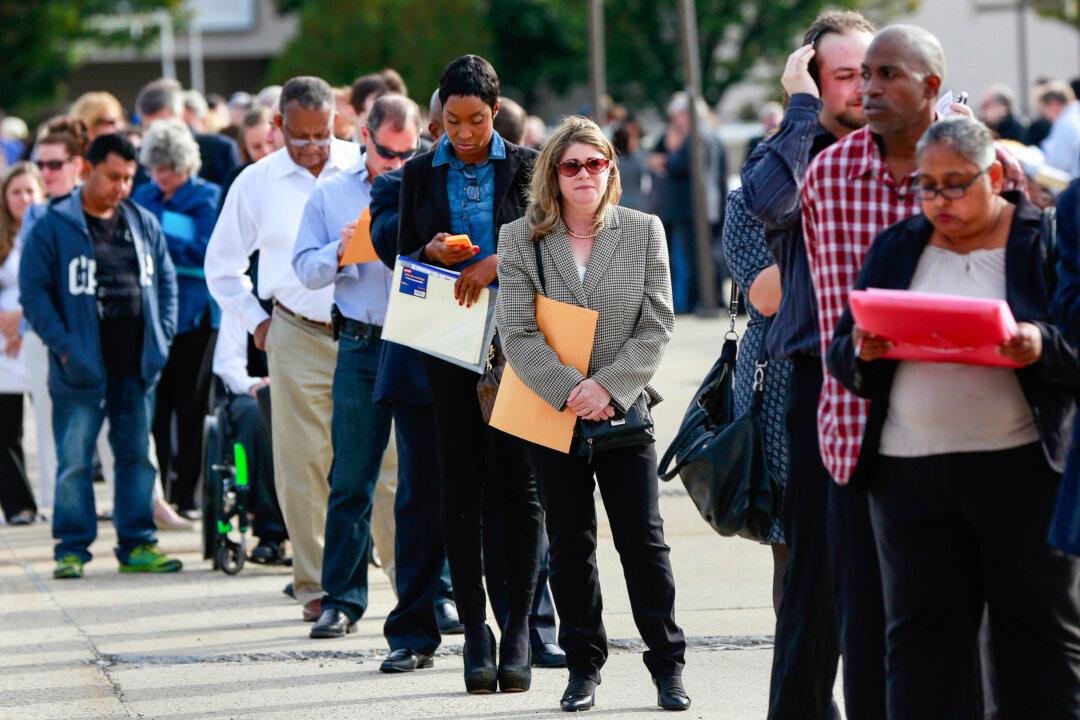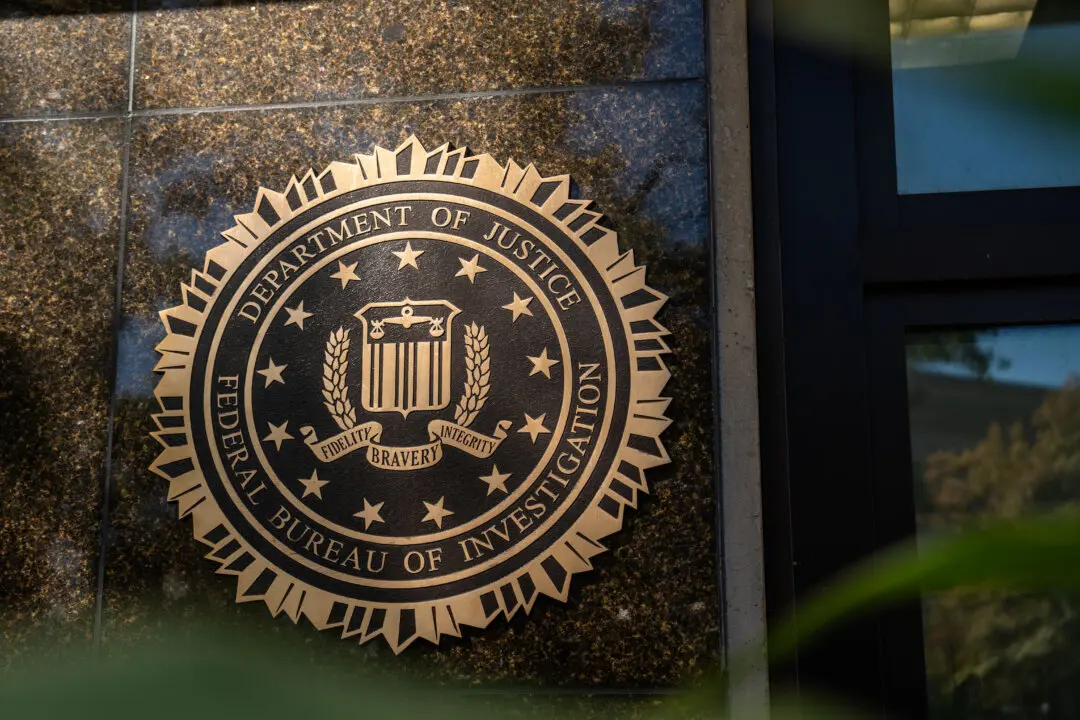Investment bank Goldman Sachs brought down the odds of a U.S. recession after recent data showed no signs of such an impending economic transition.
Earlier in August, Goldman Sachs raised the odds of a recession in the United States to 25 percent from 15 percent following a report that the July unemployment rate had hit a three-year high.





